Understanding that there is a right tool for every job is crucial to success when building any system. With today’s businesses running many systems across diverse environments, taking advantage of the modern IT economy lies in an organisation’s best interest to create value via their APIs and microservices.
While building and managing REST APIs can be simple at its root, there can also be many hidden complications during implementation.
Below is our best-pick guide of the best tools for API development.
- Linx, for implementing logic, building, testing and hosting your API
- Swagger for documentation
- Postman or Hoppscotch for testing
- SoapUI for SOAP and REST tests
Low-code API development guides
- Design-first using an OpenAPI specification
- Code-first API builder, fast implementation, including hosting and documentation
Linx
Linx is particularly powerful for creating or calling internal and external REST web services. It is one of the fastest ways to extend an API that requires integration with other technologies.
- Interact with databases
- Create reports (Excel, PDF, CSV etc.)
- Import data and create ETL processes
- Push updates to notification steam
- Modify or encrypt data at any point
- Implement simple to complex custom logic
Designed for versatility and speed, it uses common programming logic and principles with pre-built functionality to replace large pieces of code. Additionally, as a backend platform, Linx offers several other features from database to cryptography and can run on-premise and in the cloud, allowing for several possibilities for integrating your API with multiple technologies.
Linx offers multiple API development strategies. You can develop your own OpenAPI specification and import it, or you can define your API via a built-in wizard. The low code development platform also generates and hosts Swagger or Redocly documentation for your API. You can also host a GraphQL service.
Best Use Case
Creating and consuming APIs can be a time-consuming process. While configuring APIs is easy for developers, they typically require some degree of custom programming within the process. With Linx, you simply drag and drop a module into your designer canvas and set up some configuration. Time saved. Integrating with external services becomes far more efficient if you work with an application that consumes several APIs. Furthermore, it can be handled by Business Analysts or IT pros with relative ease.
Linx can further be used to build processes that automate nearly any back-end process. Existing applications can be connected via SOAP or REST, or you can build an entire back-end software suite within Linx.
Pros/Cons
Linx is not a full API design tool in itself; testing, for instance, should be handled by a third-party application.
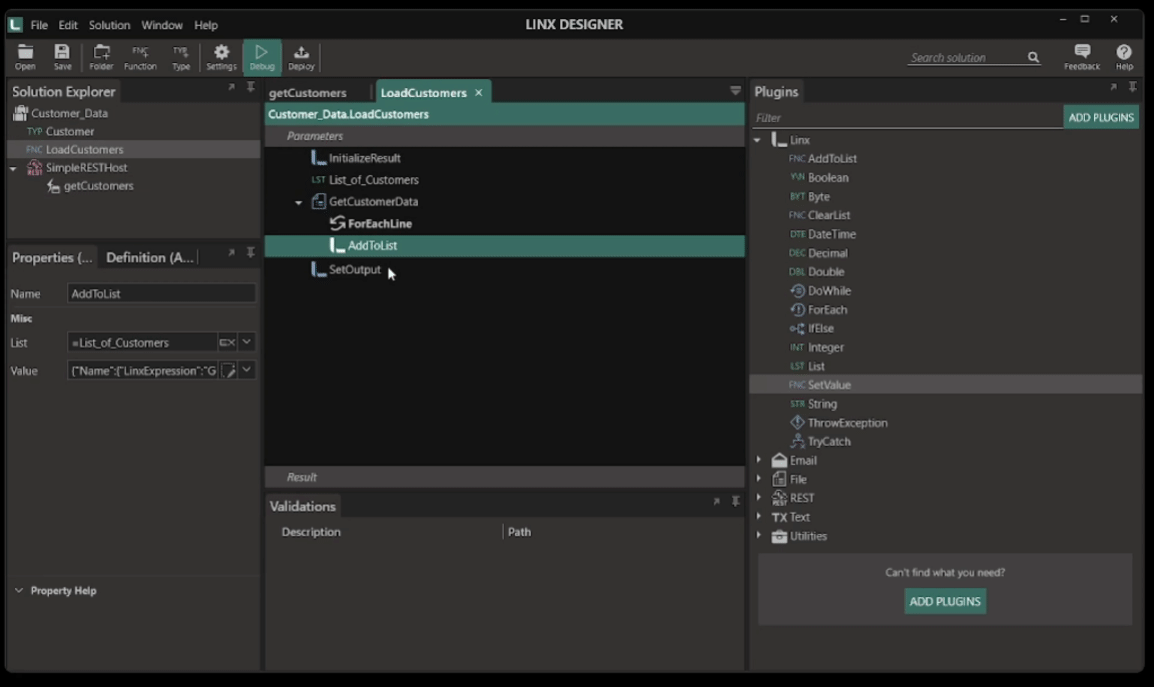
Swagger
Swagger editor is one of the leading REST API design tools on the market. It allows you to design and document APIs using a web-based open-source editor. It allows you to easily see the documentation for your OpenAPI definition, making it easier to understand and use. It is designed for creating OpenAPI-based APIs.
The web-based environment is now called SwaggerHub (hosted and maintained by Smartbear). SwaggerHub encourages collaboration and is a hosted and optimized version of the original SwaggerUI. You can still download SwaggerUI (the free version) from Git.
Best Use Case
Well-documented APIs are a necessary aspect of providing them. Creating documentation can be painstaking. It’s very helpful for creating easily shareable documentation that can drastically improve the user experience for those attempting to use your APIs.
Pros/Cons
It provides instant visualization of the documentation as it is being created and has several customization options. It has some helpful auto-completion tools and will help generate server stubs for APIs in various programming languages. It does not, however, support hypermedia.
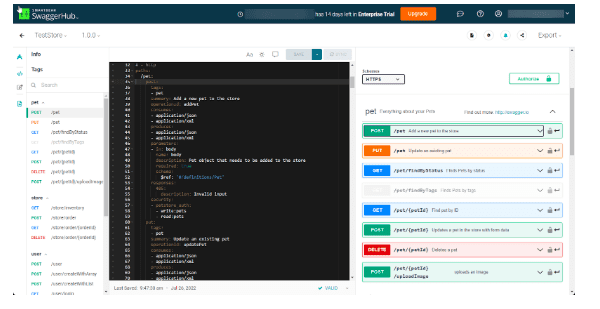
Postman
API design best practices don’t come much better than Postman – a complete API development testing environment that can enable the creation of simple to complex APIs and verify their functionality before building into your applications. You can manually create simple API calls using a straightforward, user-friendly interface. In their own words, “Postman is an API platform for building and using APIs”. Postman is constantly evolving, with new features being added regularly. It also allows you to take advantage of different workspaces to organise various APIs and not get your wires crossed.
Best Use Case
Ensuring APIs work properly is an issue, beyond any coding you may need to do, it can be extremely helpful to have an environment where one can verify if payloads are being sent and/or received properly before any development work. Postman is great for testing to ensure everything is working as expected.
Pros/Cons
Postman fully integrates existing SDLC methods, ranging from various Agile and Dev/Ops environments to larger waterfall-type organizational models. It can be memory-intensive, so it may run slowly on some computers.
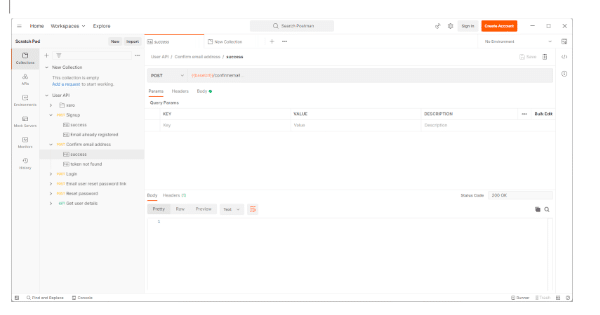
Hoppscotch
In their own words: ” Hoppscotch is a lightweight, web-based API development suite. It was built from the ground up with ease of use and accessibility, providing all the functionality needed for API developers with minimalist, unobtrusive UI. It is free to use and, as an added perk, completely Open Source!”
The tool offers most testing options for APIs and has nifty features such as easy-to-use GraphQL testing, and Real-time testing for WebSockets, MQTT, SSE connections and more.
Best Use Case
When you need a lightweight application to test real-time or GraphQL APIs Hoppscotch is a great option. It offers solid testing capabilities for most APIs. it is free to use and open source.
Pros/Cons
Great if you need a lightweight postman alternative. The fact that it is lightweight and open-source will be a boon for many developers. You can also use it via the web application or install a local application.
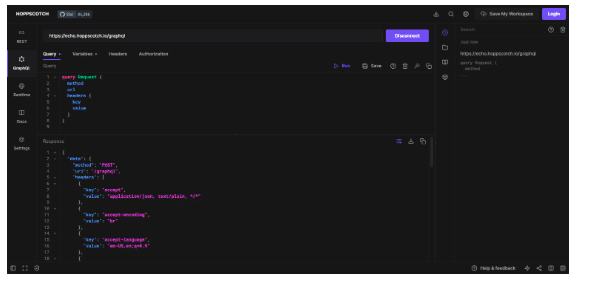
SoapUI
SoapUI is a complete API automation testing framework for both REST and SOAP methodologies. Features include API functional testing, performance testing, security, and API mocking. It also has reporting tools for viewing metrics of large-scale API testing procedures. SoapUI has free open-source and professional versions.
Best Use Case
SoapUI is ideal for developers who need to build and test APIs daily, as well as those who must manage large sets of connections. It allows monitoring of activity and behaviour of large arrays of APIs with high activity levels.
Pros/Cons
SoapUI boasts a wide range of functional testing features and many important security features, ranging from alerts relating to SQL injection to XSS and more. It provides an array of handy actionable alerts for any problems.
As it is open-source, developers may modify any source code to meet their needs at any time. It is an advanced tool, so for many users, some pieces may be more complicated than they may be used to. The free trial version offers fewer of the more user-friendly pieces.
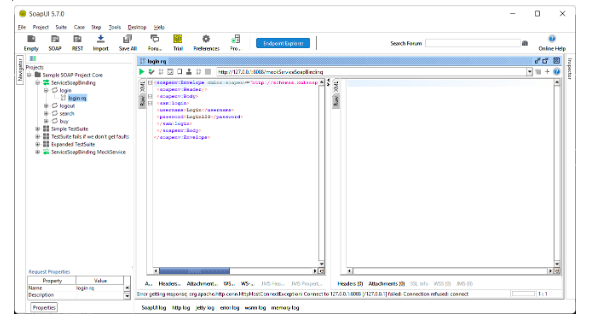
With the right API design tools, API development and management can become a seamless part of your development process and enable you and your clients to remain agile in today’s competitive environment.
